Ethanol Fuel and Outboard Fuel Pumps: Challenges and Solutions
The introduction of ethanol-blended fuels has created significant challenges for marine engines and their fuel systems. While these fuels help reduce emissions and extend domestic fuel supplies, they present unique problems for outboard motors—particularly for fuel pumps and other critical fuel system components.
Unlike automobiles, which are used almost daily and have sealed fuel systems, boats often sit for extended periods with vented fuel tanks exposed to humid marine environments. This combination creates the perfect storm for ethanol-related issues that can lead to expensive repairs, frustrating breakdowns, and potentially dangerous situations on the water.
In this comprehensive guide, we'll explore the specific challenges ethanol fuels present to outboard fuel pumps and systems, explain the science behind these issues, and provide practical solutions to protect your investment and ensure reliable performance.

Understanding Ethanol Fuel in the Marine Environment
Before diving into specific problems, it's important to understand what ethanol is and why it behaves differently in marine applications compared to automotive use.
What is Ethanol Fuel?
Ethanol is a form of alcohol (ethyl alcohol) produced primarily from corn, sugar cane, or other plant materials. When blended with gasoline, it creates fuels like E10 (10% ethanol, 90% gasoline), which is now the standard fuel at most gas stations in the United States and many other countries.
The most common ethanol-blended fuels you'll encounter include:
- E10 - Contains up to 10% ethanol and is approved for use in most outboard engines
- E15 - Contains up to 15% ethanol and is not approved for marine use by any major outboard manufacturer
- E85 - Contains 51-85% ethanol and is only for flex-fuel vehicles, never for marine use
The Marine Environment Difference
Several factors make ethanol particularly problematic in marine applications:
- Intermittent use - Boats often sit unused for weeks or months, giving ethanol more time to absorb water and degrade
- Vented fuel systems - Most boat fuel tanks are vented to the atmosphere, allowing humid air to enter
- Exposure to water - The marine environment naturally exposes boats to high humidity and water
- Temperature fluctuations - Day/night temperature changes cause condensation in fuel tanks
- Older equipment - Many boats have older fuel system components not designed for ethanol compatibility
Expert Tip:
While most modern outboards (manufactured after 2010) are designed to handle E10 fuel, no major outboard manufacturer approves the use of E15 or higher ethanol blends. Always check your owner's manual for specific fuel recommendations.

Ethanol's Impact on Outboard Fuel Systems
Ethanol affects virtually every component of your outboard's fuel system, from the tank to the injectors or carburetors. Let's examine these effects in detail:
Phase Separation: The Primary Culprit
The most significant ethanol-related issue is phase separation, which occurs when ethanol in the fuel absorbs enough water to reach its saturation point.
How Phase Separation Occurs:
- Ethanol is hygroscopic, meaning it attracts and absorbs water molecules from the air.
- As ethanol absorbs water, it remains blended with the gasoline—up to a point.
- Once the water content reaches approximately 0.5% of the total volume, the ethanol/water mixture becomes too heavy to remain suspended in the gasoline.
- The ethanol/water mixture separates from the gasoline and sinks to the bottom of the tank (since it's heavier than gasoline).
- This creates three distinct layers: gasoline on top (now with reduced octane), ethanol/water mixture in the middle, and pure water at the bottom.
Why Phase Separation is Problematic:
- The ethanol/water mixture is highly corrosive to metal components
- The remaining gasoline has reduced octane, potentially causing engine knock
- The fuel pickup tube typically draws from the bottom of the tank, where the water and ethanol/water mixture settle
- Once phase separation occurs, it cannot be reversed by adding fuel stabilizers or other additives
- The only solution is to drain and properly dispose of the contaminated fuel
Corrosive Properties
Beyond phase separation, ethanol itself is corrosive to many metals commonly found in older fuel systems:
- Aluminum components can develop a white, powdery corrosion
- Brass and copper parts (common in carburetors) can deteriorate
- Steel fuel tanks can rust more quickly when exposed to ethanol
- Zinc and galvanized components are particularly vulnerable
Material Degradation
Ethanol is a powerful solvent that can degrade certain materials:
- Rubber components not designed for ethanol exposure can swell, soften, or crack
- Plastic parts may become brittle or dissolve
- Fiberglass tanks manufactured before the early 1990s can leach resins into the fuel
- Gaskets and O-rings may fail prematurely
- Fuel line materials can degrade, leading to leaks or restrictions

How Ethanol Specifically Affects Outboard Fuel Pumps
Fuel pumps are particularly vulnerable to ethanol-related issues due to their critical role and internal components. Let's examine how different types of fuel pumps are affected:
Mechanical Fuel Pump Vulnerabilities
Mechanical fuel pumps, common in older and simpler outboards, face several ethanol-related challenges:
Diaphragm Damage:
- The diaphragm is typically made of rubber or synthetic materials that can be degraded by ethanol
- Continuous exposure can cause the diaphragm to swell, harden, or develop cracks
- Failed diaphragms lead to fuel leaks or insufficient fuel pressure
Internal Corrosion:
- Metal components like springs, valves, and housings can corrode when exposed to ethanol/water mixtures
- Corrosion can prevent check valves from seating properly
- Metal particles from corrosion can damage other fuel system components downstream
Debris Accumulation:
- Ethanol's solvent properties can dissolve deposits in tanks and lines
- These deposits can accumulate in the pump's small passages and valves
- The pump's filter screen can become clogged with loosened debris
Electric Fuel Pump Vulnerabilities
Modern electric fuel pumps used in EFI outboards have their own set of ethanol-related issues:
Electrical Component Damage:
- Water from phase separation can cause short circuits in the pump's electrical components
- Corrosion can develop on electrical connections and brushes
- Resistance changes in corroded components can cause erratic operation
Impeller/Turbine Issues:
- Ethanol can degrade the plastic impellers used in some electric pumps
- Debris loosened by ethanol can cause impeller wear or damage
- Corrosion can affect the impeller shaft and bearings
Pressure Regulator Problems:
- Many electric pumps have integrated pressure regulators with sensitive components
- Ethanol and water can affect regulator diaphragms and springs
- Inconsistent pressure regulation can cause engine performance issues
Performance Impacts
Beyond physical damage, ethanol can affect fuel pump performance in several ways:
- Vapor lock - Ethanol increases the fuel's volatility, making vapor lock more likely in hot conditions
- Reduced lubricity - Ethanol provides less lubrication to pump components than pure gasoline
- Inconsistent fuel delivery - Water in the fuel can cause erratic pump performance
- Starting difficulties - Phase-separated fuel can make starting difficult or impossible
- Reduced service life - Overall, ethanol exposure typically reduces fuel pump lifespan

Protection Strategies: Safeguarding Your Fuel Pump and System
While ethanol fuels present challenges, there are effective strategies to protect your outboard's fuel system and pump from ethanol-related damage:
Fuel Additives: Your First Line of Defense
Quality marine-specific fuel additives can help mitigate ethanol issues:
Types of Additives and Their Functions:
- Ethanol fuel treatments - Contain water dispersants and corrosion inhibitors specifically formulated for ethanol fuels
- Fuel stabilizers - Prevent fuel degradation during storage periods
- Corrosion inhibitors - Form protective layers on metal components
- Fuel system cleaners - Remove deposits that ethanol may have loosened
Effective Use of Additives:
- Add treatment at every fill-up, not just during storage
- Use marine-specific products, not automotive additives
- Follow manufacturer dosage recommendations precisely
- For storage, use 2-3 times the normal treatment amount
- Run the engine for 10-15 minutes after adding to circulate treated fuel throughout the system
Expert Tip:
While additives can help prevent phase separation, they cannot reverse it once it has occurred. If you suspect phase separation has happened, the only solution is to drain the tank and dispose of the fuel properly.
Water Separators: Critical Protection
A quality water-separating fuel filter is essential when using ethanol-blended fuels:
Choosing the Right Water Separator:
- Look for filters with 10-micron or finer filtration
- Choose models with clear bowls for easy water detection
- Consider filters with water-detection sensors for early warning
- Ensure the filter is rated for your engine's flow requirements
- Use filters specifically designed for ethanol compatibility
Maintenance Best Practices:
- Inspect the water collection bowl weekly during regular use
- Drain collected water immediately when detected
- Replace filter elements more frequently when using ethanol fuels
- Keep spare filter elements on hand for emergency changes
- Consider upgrading to larger capacity filters for better protection
Regular Maintenance Adjustments
Using ethanol fuels requires adjustments to your regular maintenance routine:
- More frequent inspections of fuel system components
- Shortened filter replacement intervals (typically 50% more frequent)
- Regular fuel tank inspection for water or phase separation
- Periodic fuel system cleaning to remove deposits
- More attentive winterization procedures
- Earlier replacement of fuel pumps and other vulnerable components

Outboard Brand Comparison: Ethanol Adaptability
Different outboard manufacturers have adapted to the ethanol challenge with varying approaches and technologies. Here's how the major brands compare:
Yamaha Outboards
- All models since 2006 are designed for compatibility with E10 fuel
- Recommends Yamalube fuel additives specifically formulated for their engines
- Uses ethanol-resistant materials in fuel system components
- Four-stroke models typically handle ethanol better than older two-strokes
- Recommends more frequent fuel filter changes when using ethanol fuels
- VST systems in EFI models include special water management features
Mercury Marine
- Pioneered "ethanol-ready" designs in the early 2000s
- Verado models include sophisticated fuel management systems
- Recommends Mercury Quickleen and Quickstor additives for ethanol protection
- Uses advanced polymer materials in fuel pumps and lines
- Offers enhanced water-separating filter systems
- Provides detailed ethanol management guidelines in owner's manuals
Evinrude/Johnson (BRP)
- E-TEC direct injection technology designed with ethanol compatibility in mind
- Recommends XD-100 oil which contains fuel system protection additives
- Older models (pre-2000) may require fuel system updates for ethanol use
- Provides specific winterization procedures for ethanol fuels
- Offers ethanol-resistant fuel line and component upgrades for older models
Suzuki Marine
- All models since 2003 designed for E10 compatibility
- Uses specialized fuel pump designs with ethanol-resistant materials
- Recommends Suzuki Fuel Stabilizer and Conditioner for ethanol fuels
- Four-stroke designs include enhanced filtration systems
- Provides detailed fuel management recommendations in maintenance guides
Honda Marine
- All four-stroke models designed for E10 compatibility
- Uses automotive-derived fuel system technology with proven ethanol resistance
- Programmed Fuel Injection (PGM-FI) systems include enhanced filtration
- Recommends Honda Fuel Stabilizer for storage periods
- Provides specific maintenance schedules for ethanol fuel use
Expert Tip:
If you own an older outboard (pre-2000), consider consulting with your dealer about fuel system upgrade options specifically designed to improve ethanol compatibility. Many manufacturers offer retrofit kits for popular older models.
Long-Term Storage: Special Considerations with Ethanol Fuels
Proper storage procedures are especially critical when using ethanol-blended fuels. Extended storage periods increase the risk of phase separation and other ethanol-related issues.
The Storage Dilemma: Full or Empty?
There are two schools of thought regarding fuel tank levels during storage:
Full Tank Approach:
- Advantages: Minimizes airspace for condensation; dilutes any water that does enter
- Disadvantages: More fuel to treat; more fuel to dispose of if problems occur
- Best practices: Fill to 95% capacity (leaving room for expansion); add 2-3 times the normal amount of stabilizer; run engine 15-20 minutes to circulate treated fuel
Empty Tank Approach:
- Advantages: No fuel to degrade; eliminates ethanol concerns completely
- Disadvantages: May allow internal components to dry out and corrode; not practical for larger built-in tanks
- Best practices: Run engine dry by disconnecting fuel line; fog engine according to manufacturer recommendations; only practical for portable tanks or smaller outboards
Most manufacturers and experts recommend the full tank approach with proper stabilization for most situations.
Comprehensive Storage Procedure for Ethanol Fuels
- Fill the tank to 95% capacity with fresh fuel (ideally from a high-volume station)
- Add a marine-grade fuel stabilizer with ethanol treatment at 2-3 times the normal recommended amount
- Run the engine for 15-20 minutes to ensure treated fuel circulates through the entire system
- Change all fuel filters before storage to start the next season with fresh filtration
- Drain water separators completely
- For carbureted engines, consider draining float bowls or running until the engine stalls
- For EFI systems, follow manufacturer-specific procedures for VST preparation
- Fog the engine according to manufacturer recommendations
- Disconnect the battery or use a maintenance charger
- Consider fuel tank vent management to minimize air exchange during storage
Periodic Checks During Storage
Even with proper preparation, periodic checks during long storage periods are recommended:
- Check fuel condition monthly if possible
- Look for signs of phase separation or water in the tank
- Inspect water separator bowls for accumulated water
- Consider adding fresh stabilizer mid-season for very long storage periods
- Check for fuel leaks or signs of deteriorating fuel lines
Future Trends: Ethanol and Marine Engines
As we look to the future, several trends are emerging in how the marine industry is adapting to ethanol fuels:
Increasing Ethanol Content
The push for higher ethanol content in fuels continues:
- E15 is becoming more common in the automotive market
- Pressure exists to increase ethanol content further for environmental and economic reasons
- Marine industry organizations are actively lobbying for continued availability of non-ethanol options
- Manufacturers are researching compatibility with higher ethanol blends
Technological Adaptations
Outboard manufacturers are developing new technologies to better handle ethanol:
- Advanced fuel management systems with better water handling
- New materials more resistant to ethanol's effects
- Improved filtration systems specifically designed for ethanol fuels
- Enhanced fuel pump designs with better ethanol compatibility
- More sophisticated electronic monitoring of fuel quality
Alternative Fuel Developments
Beyond ethanol, other alternatives are being explored:
- Biobutanol as a potential ethanol replacement (less hygroscopic, more energy-dense)
- Synthetic fuels with better stability characteristics
- Electric and hybrid marine propulsion systems
- Hydrogen fuel cell technology for marine applications
Regulatory Landscape
Changing regulations will continue to shape the future of marine fuels:
- Emissions regulations driving cleaner fuel formulations
- Potential for marine-specific fuel standards
- Ongoing debate about ethanol mandates and exemptions
- International variations in fuel standards affecting global markets
Conclusion: Living with Ethanol in the Marine World
While ethanol-blended fuels present significant challenges for outboard engines and their fuel systems, understanding these challenges and implementing proper protection strategies can help you avoid most problems.
The key takeaways for managing ethanol in your outboard's fuel system include:
- Use non-ethanol fuel when available and economically feasible
- If using ethanol-blended fuels, add quality marine-specific fuel treatments at every fill-up
- Install and maintain proper water-separating fuel filters
- Adjust your maintenance schedule to include more frequent inspections and filter changes
- Follow enhanced storage procedures, especially for seasonal or long-term storage
- Consider upgrading older fuel system components to ethanol-compatible versions
- Stay informed about your specific outboard manufacturer's recommendations
By taking these precautions, you can significantly reduce the risk of ethanol-related damage to your fuel pump and other fuel system components, ensuring more reliable performance and fewer headaches on the water.
At JLM Marine, we offer high-quality OEM-specification fuel pumps, filters, and ethanol-compatible fuel system components for all major outboard brands. Our products are manufactured to strict quality standards in ISO9002 certified facilities, ensuring the same performance and durability as original equipment at competitive prices.
Frequently Asked Questions About Ethanol and Outboard Fuel Pumps
How can I tell if my fuel has undergone phase separation?
There are several ways to detect phase separation in your fuel. The most obvious sign is visible layering in the fuel tank or in a clear container sample. If you can see distinct layers in the fuel—typically a clearer layer on top (gasoline) and a cloudy or darker layer on the bottom (ethanol/water mixture)—phase separation has occurred. Other indicators include: a strong alcohol smell from the fuel; engine performance problems like rough running, stalling, or hard starting; water in the fuel filter bowl; or a significant change in fuel color or clarity. You can also use water-detecting paste on a dipstick to check for water at the bottom of your tank. This paste changes color when it contacts water. Commercial test kits are available that can detect phase separation before it becomes visible. If you suspect phase separation has occurred, the only solution is to completely drain the tank and properly dispose of the contaminated fuel, as this condition cannot be reversed with additives.
Are aftermarket fuel pumps more or less susceptible to ethanol damage?
The susceptibility of aftermarket fuel pumps to ethanol damage varies significantly based on quality and design. High-quality aftermarket pumps from reputable manufacturers often incorporate ethanol-resistant materials similar to OEM pumps and may be equally resistant to ethanol damage. However, lower-cost aftermarket options frequently use less expensive materials that may not withstand ethanol's corrosive and solvent properties as well. When selecting an aftermarket fuel pump, look for those specifically advertised as "ethanol compatible" or "E10 approved." Check if the manufacturer provides specific material information about diaphragms, seals, and internal components. Quality aftermarket manufacturers will typically state the ethanol compatibility of their products in their specifications. Price can be an indicator—significantly cheaper pumps may use less resistant materials. For older outboards, some aftermarket manufacturers actually offer upgraded pumps with better ethanol resistance than the original equipment. If you're using an aftermarket pump with ethanol fuels, consider more frequent inspection and potentially shorter replacement intervals as a precaution.
What's the most effective fuel additive for protecting against ethanol damage?
The most effective fuel additives for ethanol protection are those specifically formulated for marine use with multiple protective functions. Look for products that contain: water dispersants that bind with water molecules to prevent phase separation; corrosion inhibitors that form protective layers on metal components; fuel stabilizers that prevent oxidation and degradation; and detergents that clean deposits loosened by ethanol. Major marine engine manufacturers like Yamaha (Yamalube), Mercury (Quickleen and Quickstor), and Evinrude (2+4 Fuel Conditioner) offer their own branded additives specifically formulated for their engines. Independent brands with strong reputations include Star Tron Enzyme Fuel Treatment, ValvTect Ethanol Gasoline Treatment, and CRC Phase Guard 4. The effectiveness of these additives depends on proper use—they must be added at the correct ratio and mixed thoroughly with the fuel. For maximum protection, add the treatment at every fill-up, not just during storage periods. Remember that while these additives are highly effective at preventing ethanol-related problems, they cannot reverse phase separation once it has occurred.
How much more frequently should I replace my fuel pump when using ethanol fuels?
When using ethanol-blended fuels, industry experts and manufacturers generally recommend reducing your fuel pump's expected service life by approximately 30-50% compared to non-ethanol fuel usage. For example, if your outboard manufacturer suggests replacing the fuel pump every 300 hours or 3 years with non-ethanol fuel, consider replacement at 150-200 hours or every 1.5-2 years when regularly using E10 fuel. This recommendation varies based on several factors: the age of your outboard (newer models have better ethanol compatibility); how frequently you use your boat (longer periods of inactivity increase risk); your storage practices (proper winterization helps); whether you use fuel additives consistently; and your operating environment (saltwater and high humidity increase ethanol-related risks). Rather than relying solely on hours or time, also watch for early warning signs of fuel pump issues such as hard starting, rough idle, or performance problems. Preventative replacement before failure is particularly important with ethanol fuels, as a failing pump can shed debris that damages other fuel system components.
Hi—I’m Jim Walker
I grew up in a Florida boatyard, earning pocket money (and a few scars) by rebuilding outboard carbs before I could drive. That hands-on habit carried me through a Ph.D. in mechanical engineering, where I studied how salt water quietly murders metal.
I spent ten years designing cooling systems for high-horsepower outboards, then joined JLM Marine as CTO. We bench-test every new part in the lab, but I still bolt early prototypes onto my own 23-foot skiff for a weekend shake-down— nothing beats real wake and spray for finding weak spots.
Here on the blog I share the fixes and shortcuts I’ve learned so your engine—and your day on the water—run smooth.

For Outboard Owners:
To assist you in maintaining and repairing your marine engines, we hope the following resources may be of use:
-
Fuel Pumps from JLM Marine
-
Fuel Pump Kits from JLM Marine
About JLM Marine
Founded in 2002, JLM Marine has established itself as a dedicated manufacturer of high-quality marine parts, based in China. Our commitment to excellence in manufacturing has earned us the trust of top marine brands globally.
As a direct supplier, we bypass intermediaries, which allows us to offer competitive prices without compromising on quality. This approach not only supports cost-efficiency but also ensures that our customers receive the best value directly from the source.
We are excited to expand our reach through retail channels, bringing our expertise and commitment to quality directly to boat owners and enthusiasts worldwide.

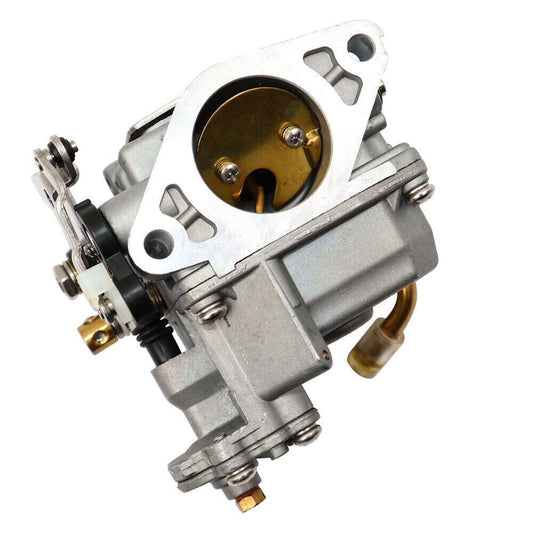
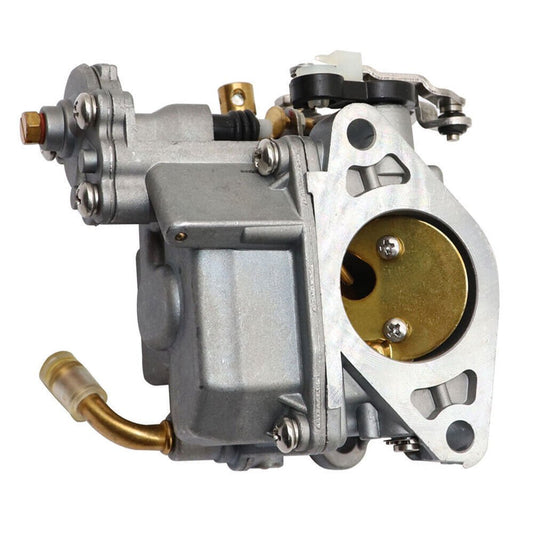
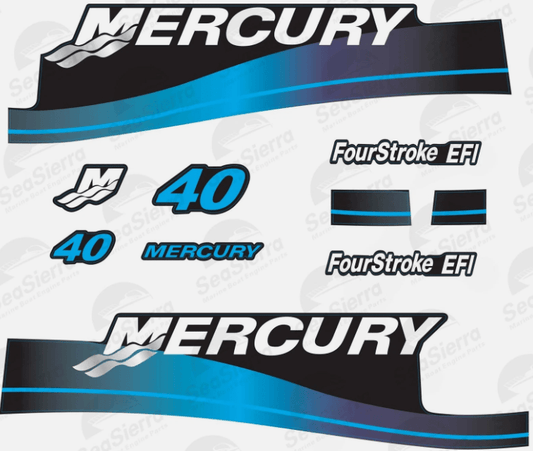

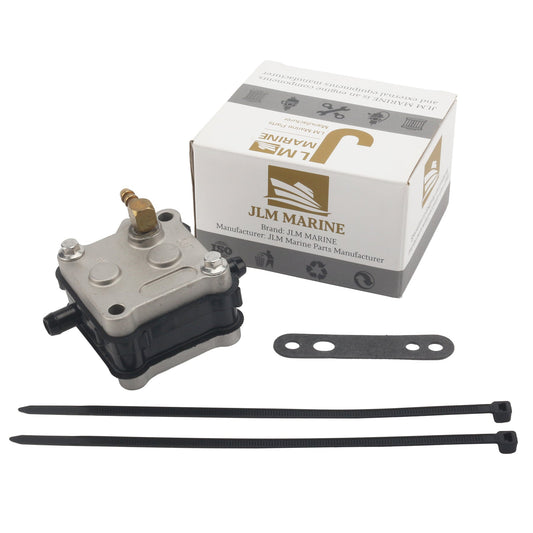
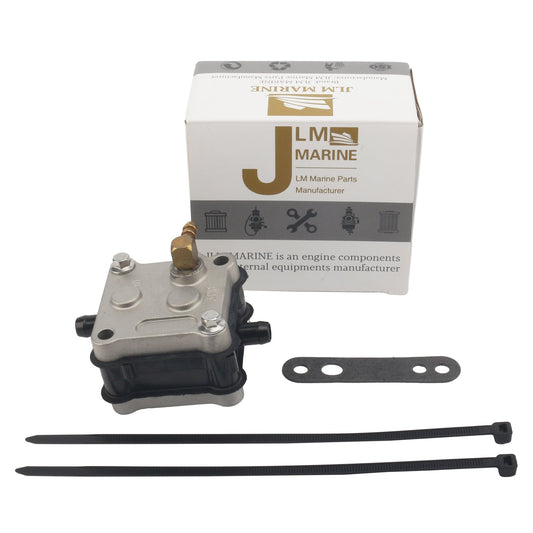
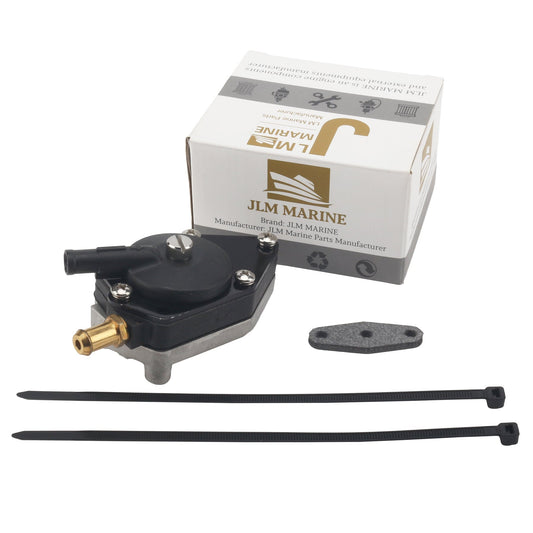
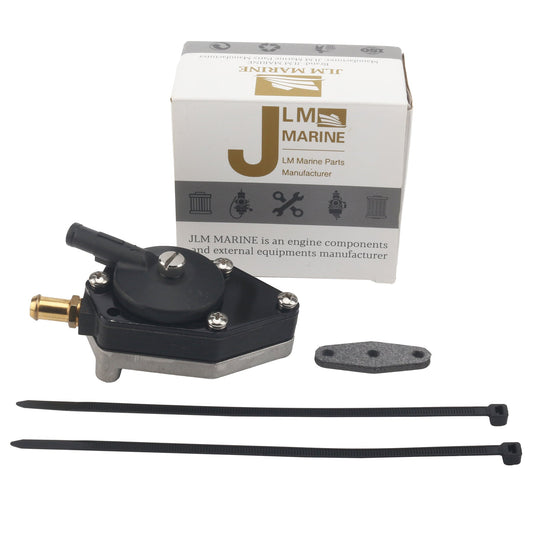
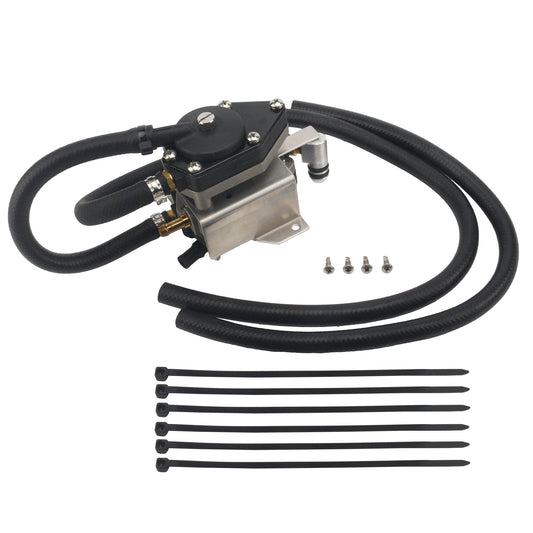
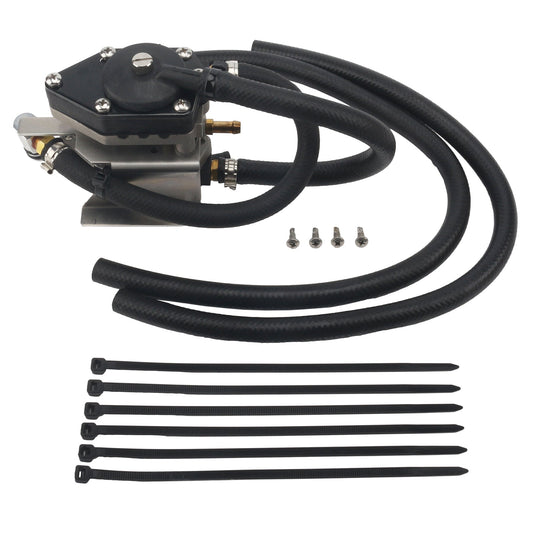
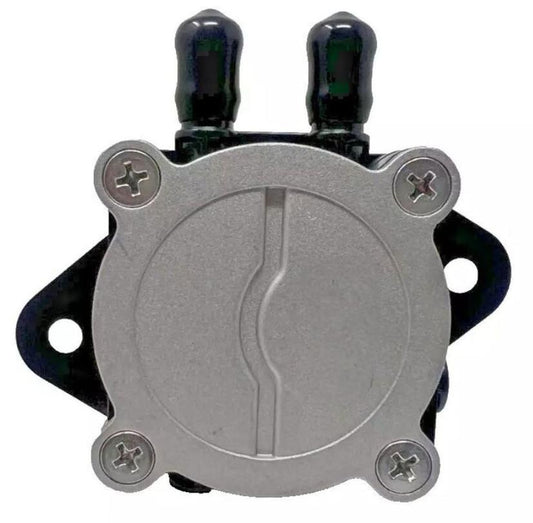
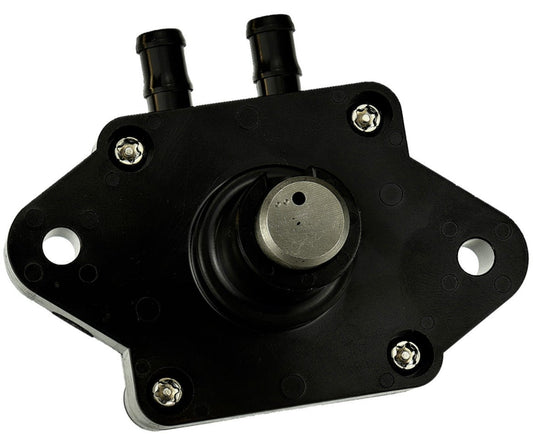
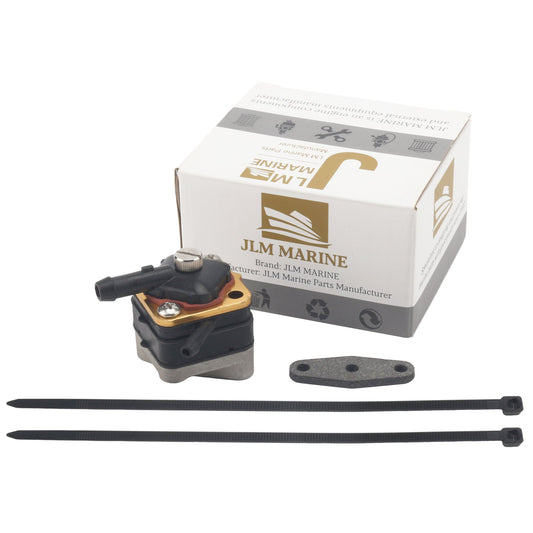
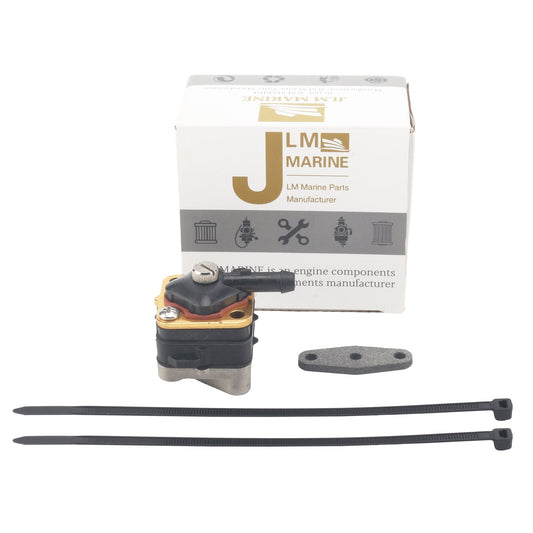
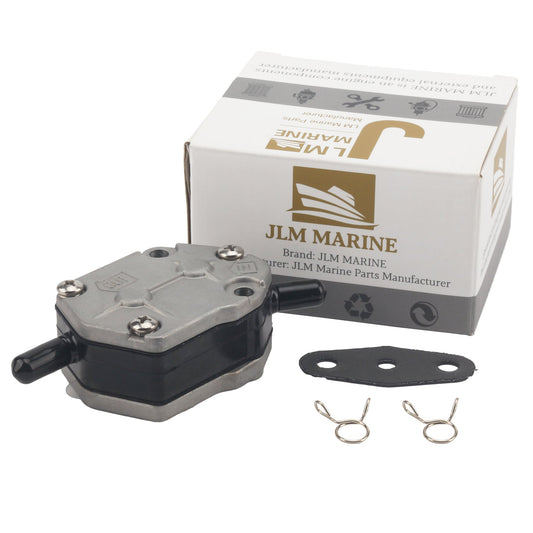
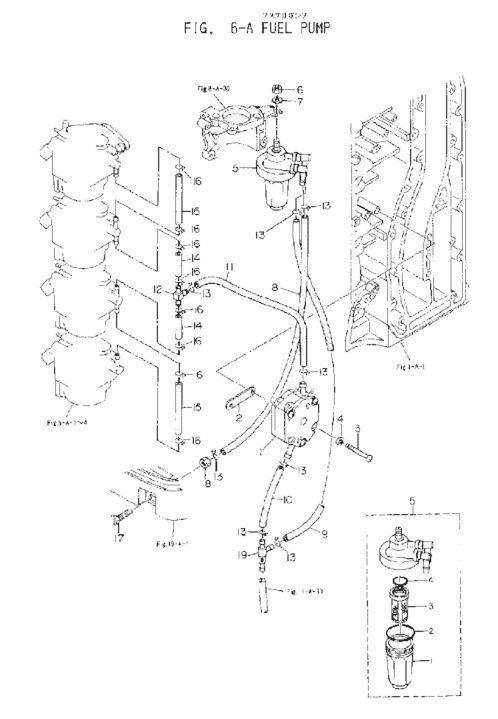
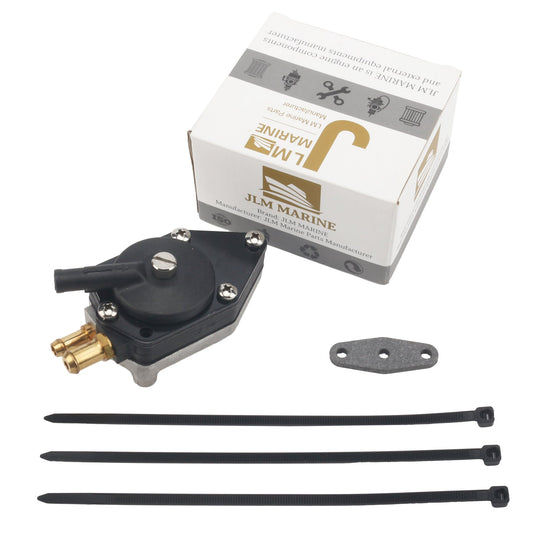

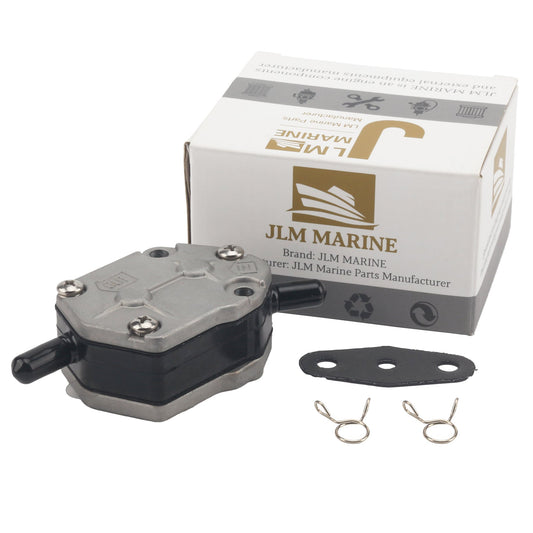
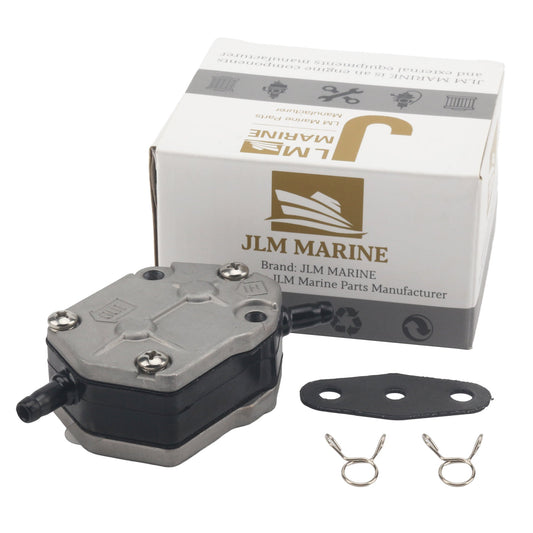
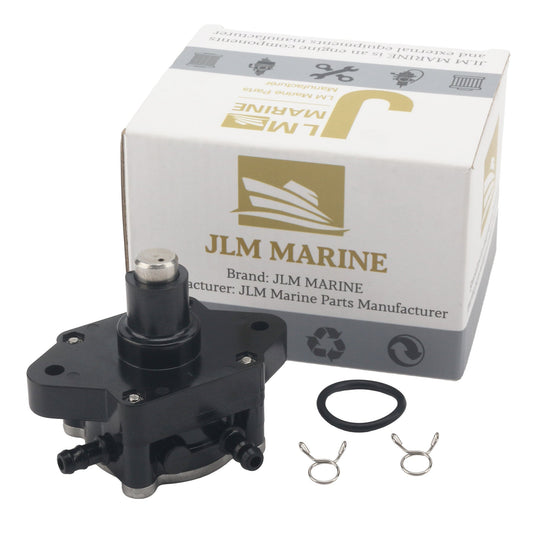
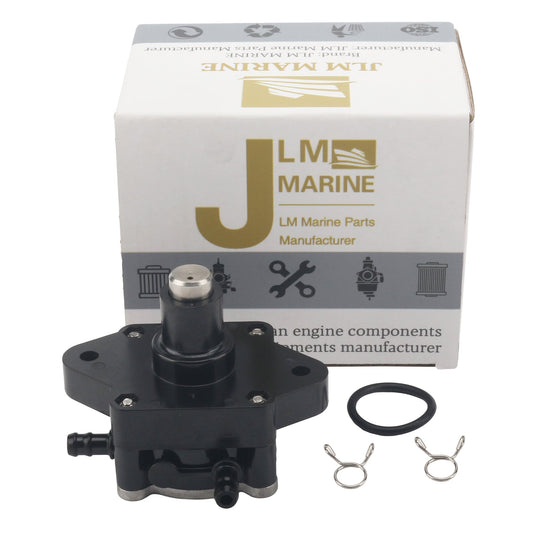
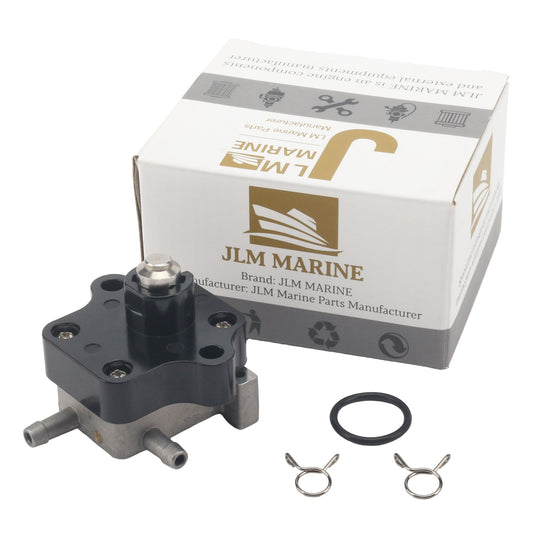
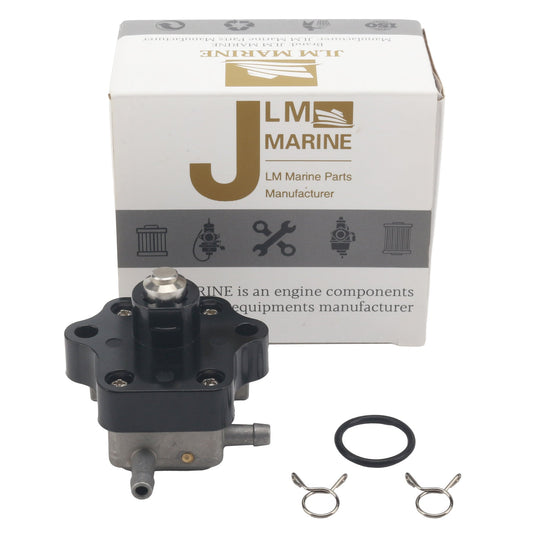
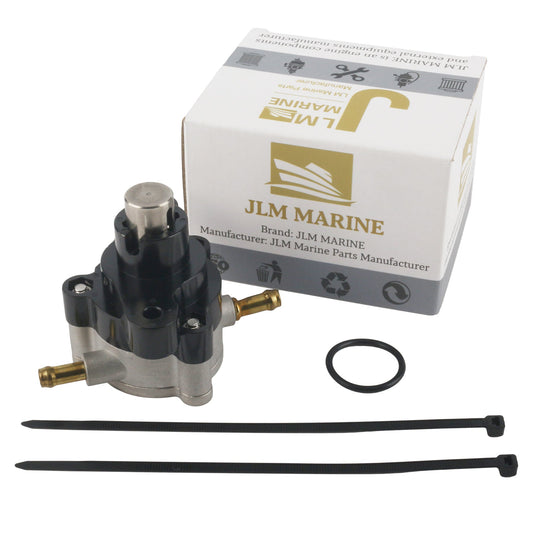
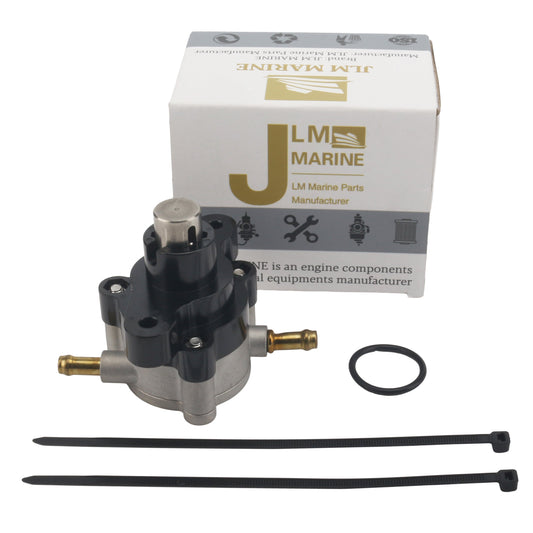
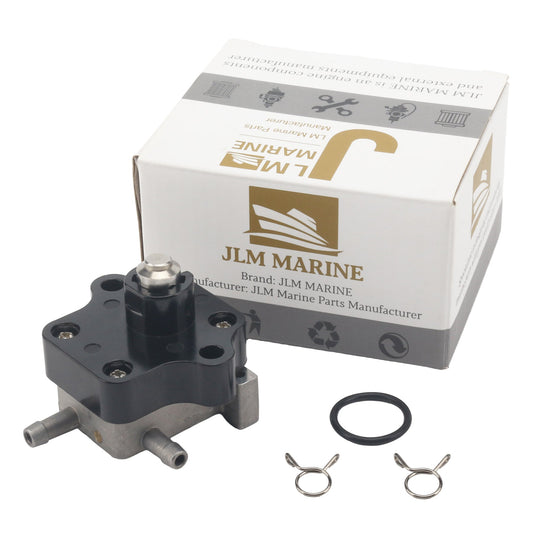
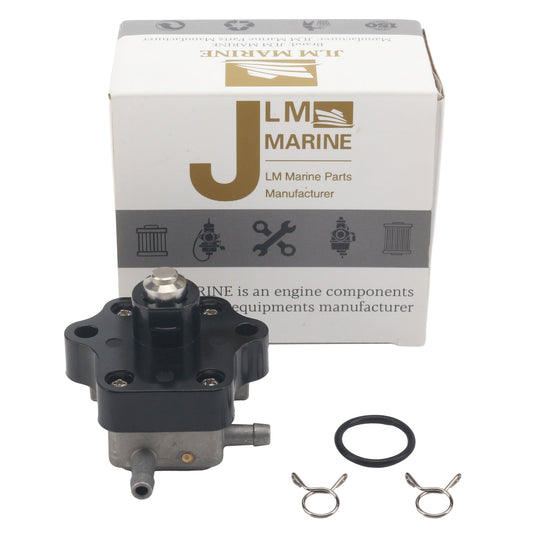
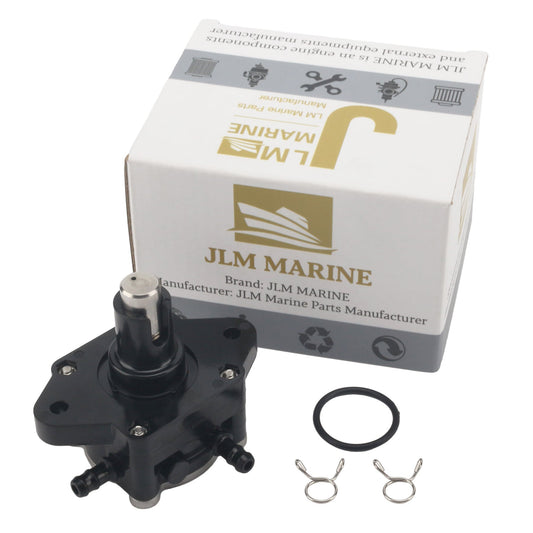
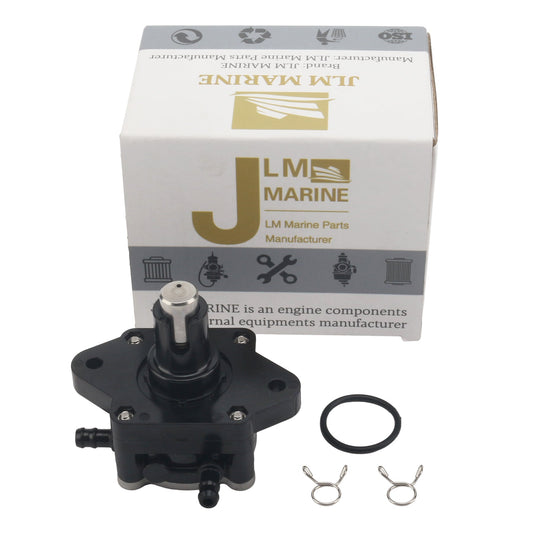
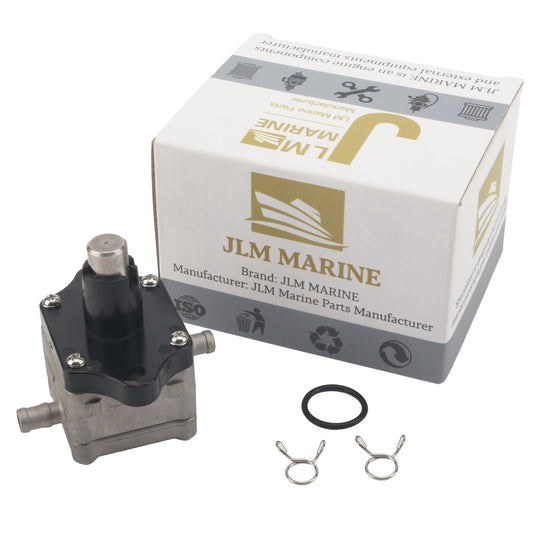
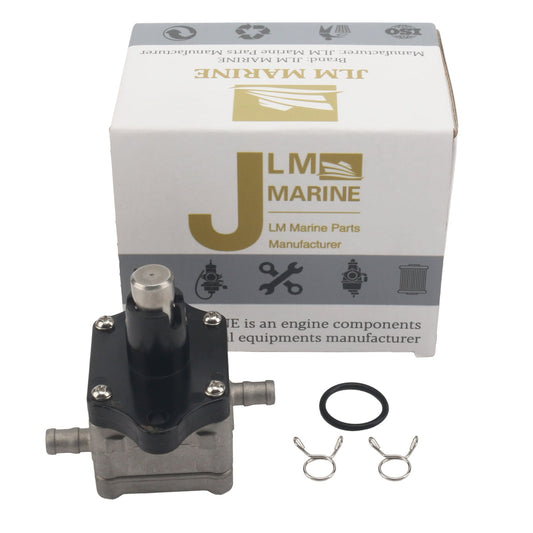
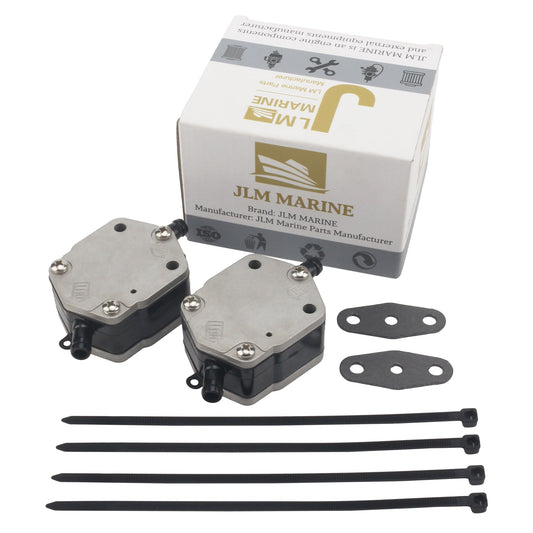
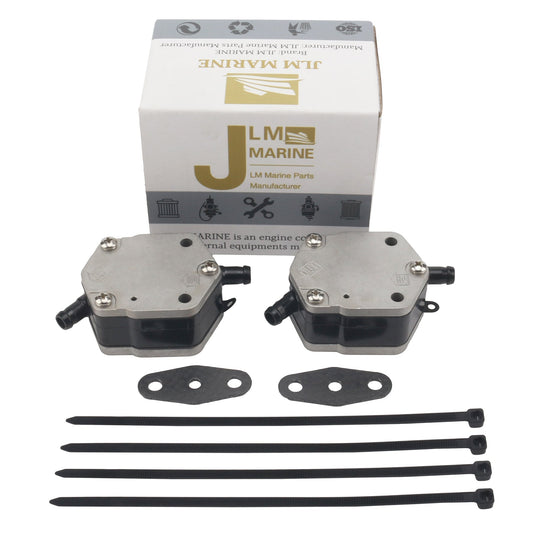
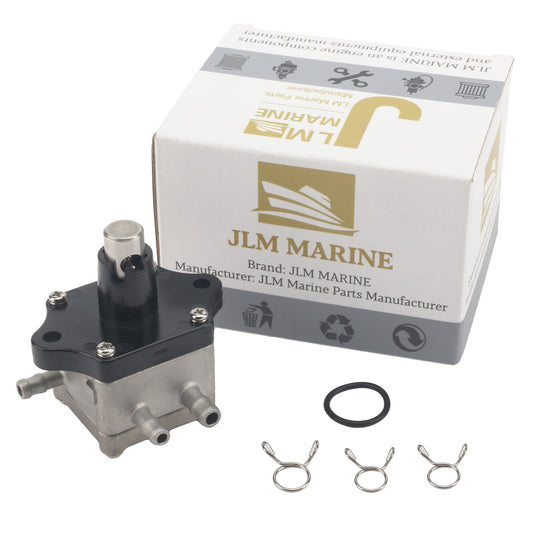
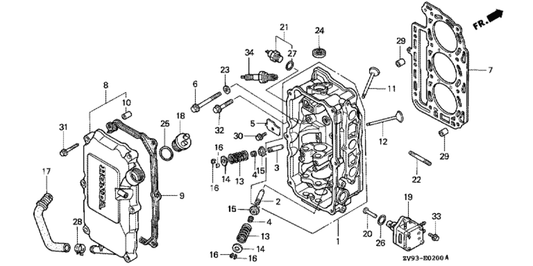
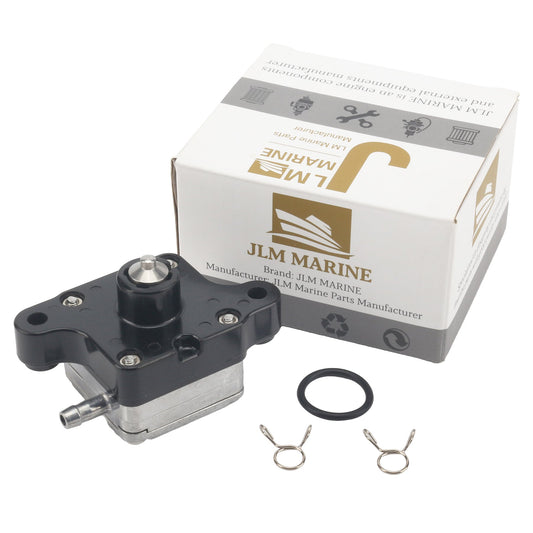
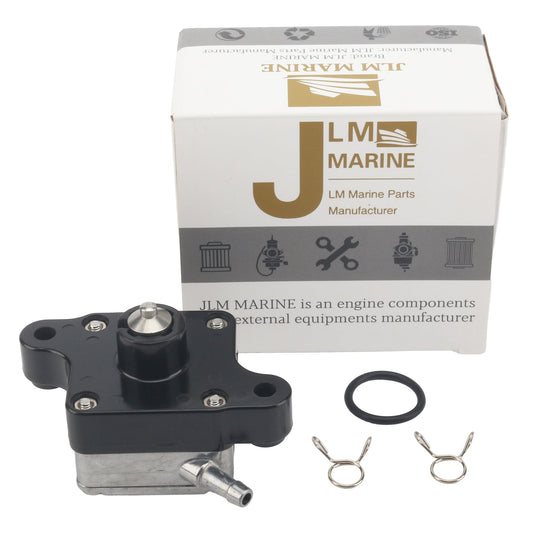
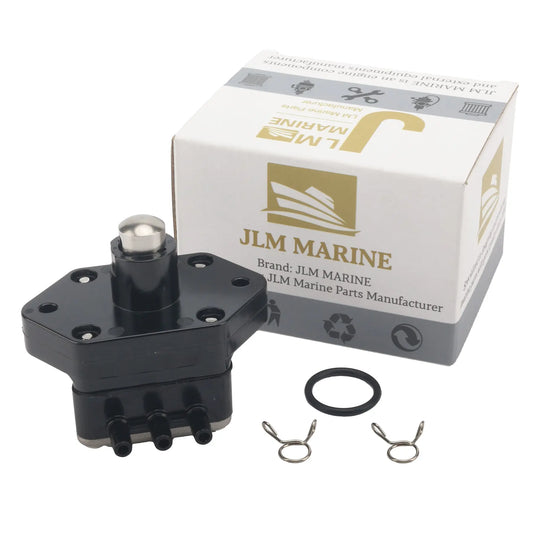

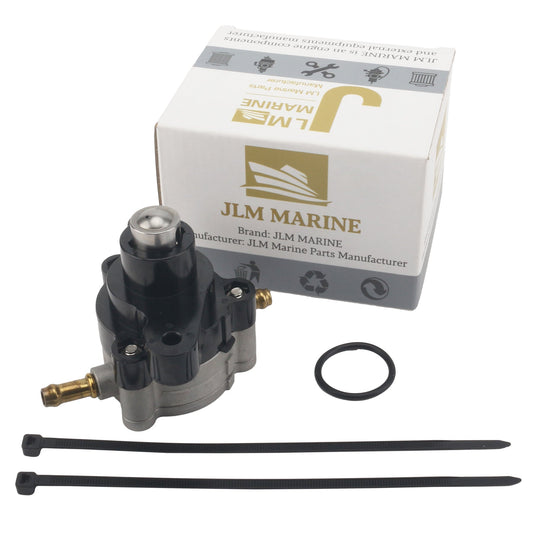
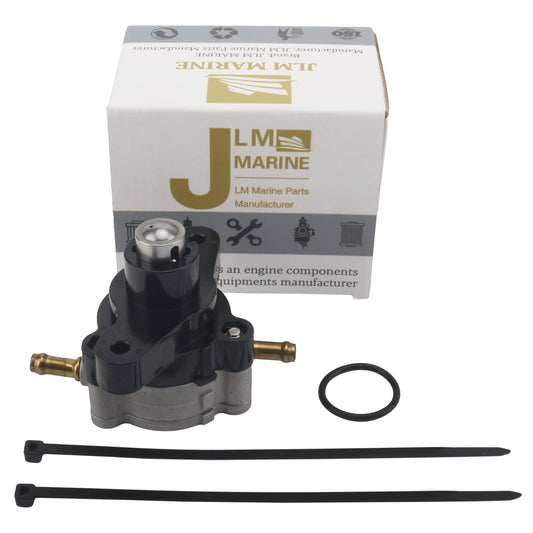

Leave a comment
Please note, comments need to be approved before they are published.